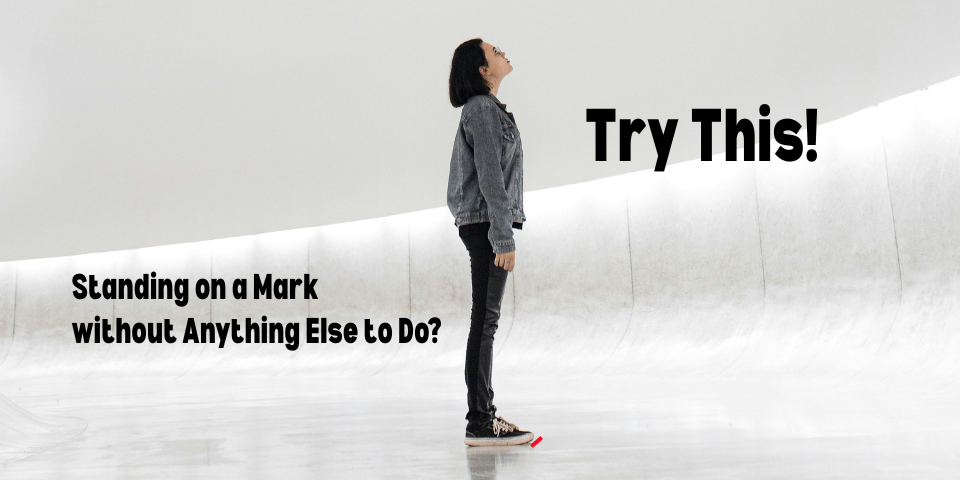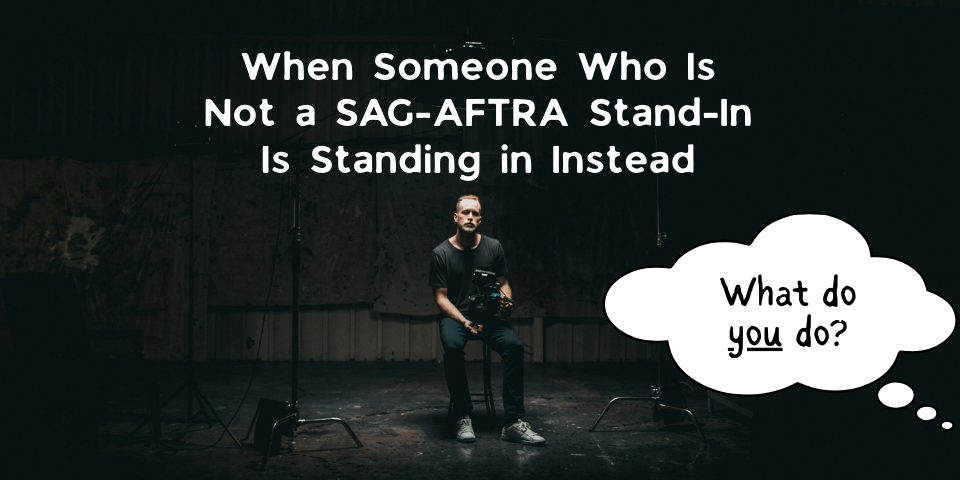When you are standing in, there is no incontrovertible opinion about texting on set. Texting on set can be both productive and distracting. It may be the means a casting director uses to communicate with you in order to book work for the next day on that set. It may be the means a friend wishes to gossip with you. A text may ask you to come to set when the PA can’t locate you. A text may also consume you in an off-set drama that takes your mind off the unsafe conditions swirling around you that demand your attention. Texting isn’t bad or good. Texting can be both.
How to Tell if a Set Is Text-Friendly
One thing that can be said about texting on set is that not all sets are for it, but neither are all sets against it. When you arrive on set, you really just need to feel out the relationship the particular set has with your using your mobile phone.
Some sets will seem to want to protect their stars by banning the use of mobile phones on set. Other sets don’t seem to mind the use of mobile phones as long as you are tuned into the needs of the crew when you are standing in. Some sets will insist that background actors not use their mobile phones on set. Sometimes this instruction will apply only to background and not to stand-ins. Other times it will apply to both. Still other times it might apply to the whole crew, especially if it is a closed set involving subject matter of a delicate nature.
Texting is a silent means of communication compared to a mobile phone call, so in that respect, texting may be a more preferred means of communicating when on set. However, the “head down, face in the phone” stance that comes with texting often renders a person more of a set piece than a human being, so it may not be preferred at all when crew are trying to move and work around you.
When you arrive to set for the first time, start with a policy of abstaining from texting or using it only when you are away from set. If you see established stand-ins texting on their mobile devices, that may be a cue that the set is relatively text-friendly and may not be hostile to your texting. However, just because an established stand-in is texting does not mean that the set is permissive of the behavior. Spend time feeling out the set before becoming comfortable texting when working. In general, avoid texting when the DP or camera department is using you.
Text Abbreviations
It might be said that given the precarious relationship sets have with texting, speed in communication aids the stand-in who texts. Particular abbreviations can serve that need. Oftentimes individual stand-ins will develop their own code. Here are types of codes that I’ve used when communicating via text as a stand-in, and some examples of their use.
si
I use “si” for the terms “stand-in” and “standing in.” For example, I might text “r u si tom?,” meaning “Are you standing in tomorrow?”
Star Initials
I tend to abbreviate stars’ names. For example, if I were standing in for Jason Bateman, I might text “im si 4 jb tom.” Usually there is enough context that would suggest to whom “jb” referred. If not, I would spell out the star’s name, then in future texts use the abbreviation.
Show Initials
I tend to abbreviate shows’ names as well, though I find that I sometimes capitalize the shows to distinguish them. So, you might find me texting either of these messages: “whos si 4 bl on gg tom?” or “whos si 4 bl on GG tom?” Both would mean “Who’s standing in for Blake Lively on Gossip Girl tomorrow?” Again, usually there is enough context that would suggest to what “gg” referred, and where there’s not enough context, I spell out the show’s name.
bg
The initials “bg” simply stand for “background,” as in “background actor.” I might say “im bgsi today,” meaning I’m both working background and standing in today.
These are some abbreviations you might see in text messages to enable quick texting. What abbreviations do you use when you text on set? Reply below!






Leave A Comment